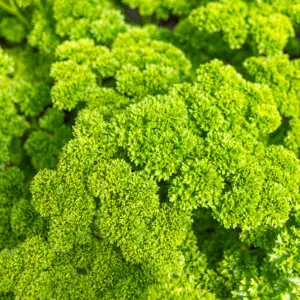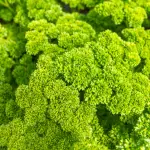Nutritional Highlights
Rich in vitamins A and C
- Excellent source of antioxidants
- Contains essential minerals like potassium and iron
- Low in calories
Growing Instructions:
Garden Cultivation:
- Sowing: Sow seeds directly into well-drained soil in early spring or late summer. Chervil prefers cool, moist conditions.
- Planting Depth: Cover seeds lightly with soil, as they require light to germinate.
- Spacing: Thin seedlings to 6-8 inches apart to allow for optimal growth.
- Watering: Keep the soil consistently moist, but avoid overwatering.
- Sunlight: Chervil thrives in partial shade or dappled sunlight.
- Harvesting: Harvest leaves as needed, cutting them just above the soil line.
Microgreen Cultivation:
- Soaking: Soak seeds in warm water for 2-4 hours to speed up germination.
- Planting: Sow seeds on a moistened growing medium, such as soil or coconut coir.
- Light: Place the tray in a bright, well-lit area, but avoid direct sunlight.
- Watering: Mist the growing medium daily to keep it moist.
- Harvesting: Harvest microgreens when they reach 1-2 inches in height, using scissors to cut them at the base.
Culinary Uses:
- Add fresh chervil leaves to salads, soups, and sauces.
- Use chervil to flavor fish, poultry, and egg dishes.
- Incorporate chervil into herb butters and spreads.
- Garnish dishes with delicate chervil sprigs.
- Use chervil microgreens as a vibrant and flavorful topping for salads, sandwiches, and soups.
Note: Chervil is a delicate herb that is best enjoyed fresh. It can be stored in the refrigerator for a few days.








Reviews
Clear filtersThere are no reviews yet.